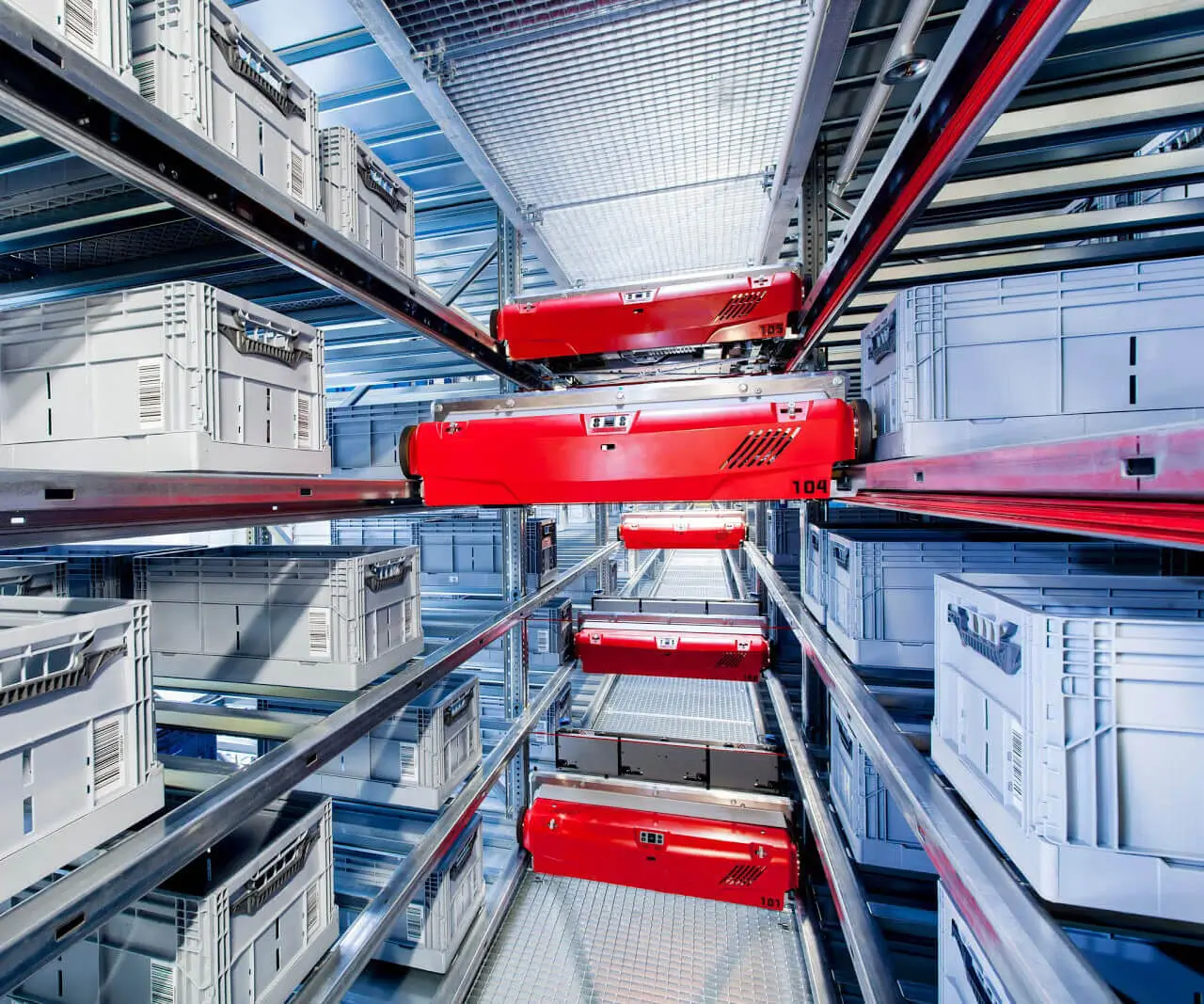Certainly! Here’s the first part of a soft, engaging article centered around the theme "6 rpm motor with gear reduction," designed to captivate readers and offer insightful content.

Imagine a world where movement is perfectly controlled, where machinery operates with the finesse of a master artist rather than the brute force of a bulldozer. In this realm of precision and finesse, 6 RPM motors with gear reduction stand out as true game-changers. These quiet powerhouses, operating at a modest 6 revolutions per minute, might seem modest on the surface—but behind that unassuming pace lies a universe of engineering brilliance that unlocks new levels of efficiency, control, and reliability.
What makes a 6 RPM motor with gear reduction so compelling? To start, it’s all about the delicate balance between speed and torque. In many industrial and robotics applications, you don’t need rapid movements; what you do need is precise, steady, and sustained force. That’s where gear reduction transforms the game. By reducing rotational speed, gear reduction amplifies torque—allowing motors that spin slowly to wield immense strength and stability. Think of it as turning a gentle push into a powerful shove—that’s the essence of gear reduction.
The beauty of these systems lies in their adaptability. Whether used in fine-tuned robotic arms, automated camera systems, precision medical devices, or even vintage arcade machines, 6 RPM motors with gear reduction give engineers an elegant solution to controlled motion. They bridge the gap between raw power and exactitude, providing a platform where accuracy isn’t an afterthought but baked into the core design.
But how exactly does gear reduction work? At its core, it’s about gear ratios—pairs of gears that work together to slow down rotation. When a small driving gear turns, it causes a larger driven gear to rotate more slowly but with increased force. For example, a gear ratio of 10:1 means that for every ten turns of the input gear, the output gear turns once. This slows down the motor’s speed from a high RPM to a precise, manageable rate—like 6 RPM—while increasing the torque many times over.
Using a gear reduction also has profound implications for energy efficiency and longevity. Slower, more controlled movement reduces wear and tear on mechanical components, which in turn extends device lifespan. It also minimizes vibration and noise—two enemy forces in many high-precision environments—creating a smoother, quieter operation that’s vital for sensitive instruments and tasks requiring steady handling.
Now, you might be wondering: Why would anyone want a motor that spins at only 6 RPM? The answer touches on a universal truth—sometimes, slow and steady really does win the race. Whether positioning a robotic arm with millimeter accuracy or controlling the slow feeding of materials in manufacturing, operating at low speeds grants unparalleled command over complex processes. It also opens avenues for energy conservation, because slower motors often require less power to maintain steady operation.
The market for these motors is booming, driven by industries seeking to optimize performance without sacrificing reliability. Robotics manufacturing firms, for instance, routinely employ 6 RPM motors with gear reduction because of their ability to provide delicate, precise movements essential for assembly lines involving tiny components. Similarly, in automation, these motors control conveyor belts, rotations of astronomical telescopes, or the subtle adjustments of medical devices.
Furthermore, advancements in gear materials and manufacturing precision mean that modern gear reduction systems are incredibly efficient and durable. High-quality gears made from hardened steel, brass, or advanced composites resist wear and offer smooth, noiseless operation. This means long-term performance for applications demanding non-stop operation in demanding environments.
Of course, integrating a 6 RPM motor with gear reduction isn’t without its challenges. Engineers need to balance gear ratio, torque output, and motor size to meet specific project requirements. Proper lubrication, alignment, and maintenance are also crucial to keep these systems performing at their peak. But with careful design and quality components, they transform ordinary motors into powerhouses of control.
As we delve deeper into this topic, it’s worth considering how innovations in gear reduction technology are evolving. From planetary gear systems offering higher efficiencies to worm gears suitable for self-locking applications, each gear type brings its own set of benefits. Paired with low RPM motors, they open up a spectrum of possibilities—from ultra-precise scientific instruments to autonomous underwater vehicles—each benefiting from the unmatched control and torque these systems deliver.
In the next part, we’ll explore some real-world applications, the latest technological advancements, and tips for selecting the right gear reduction system for your needs—all designed to inspire you and perhaps spark ideas for your next project.
Established in 2005, Kpower has been dedicated to a professional compact motion unit manufacturer, headquartered in Dongguan, Guangdong Province, China.




































